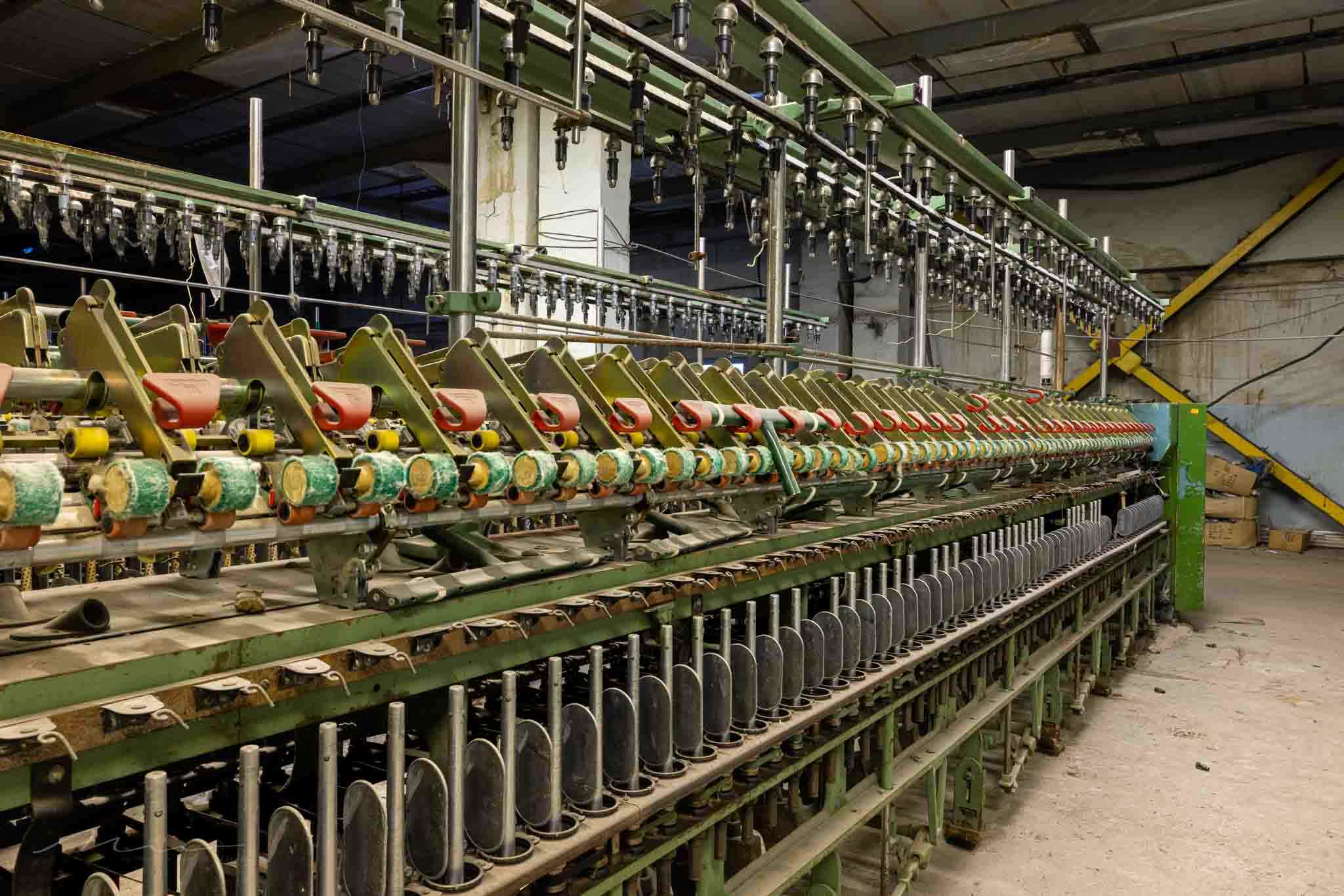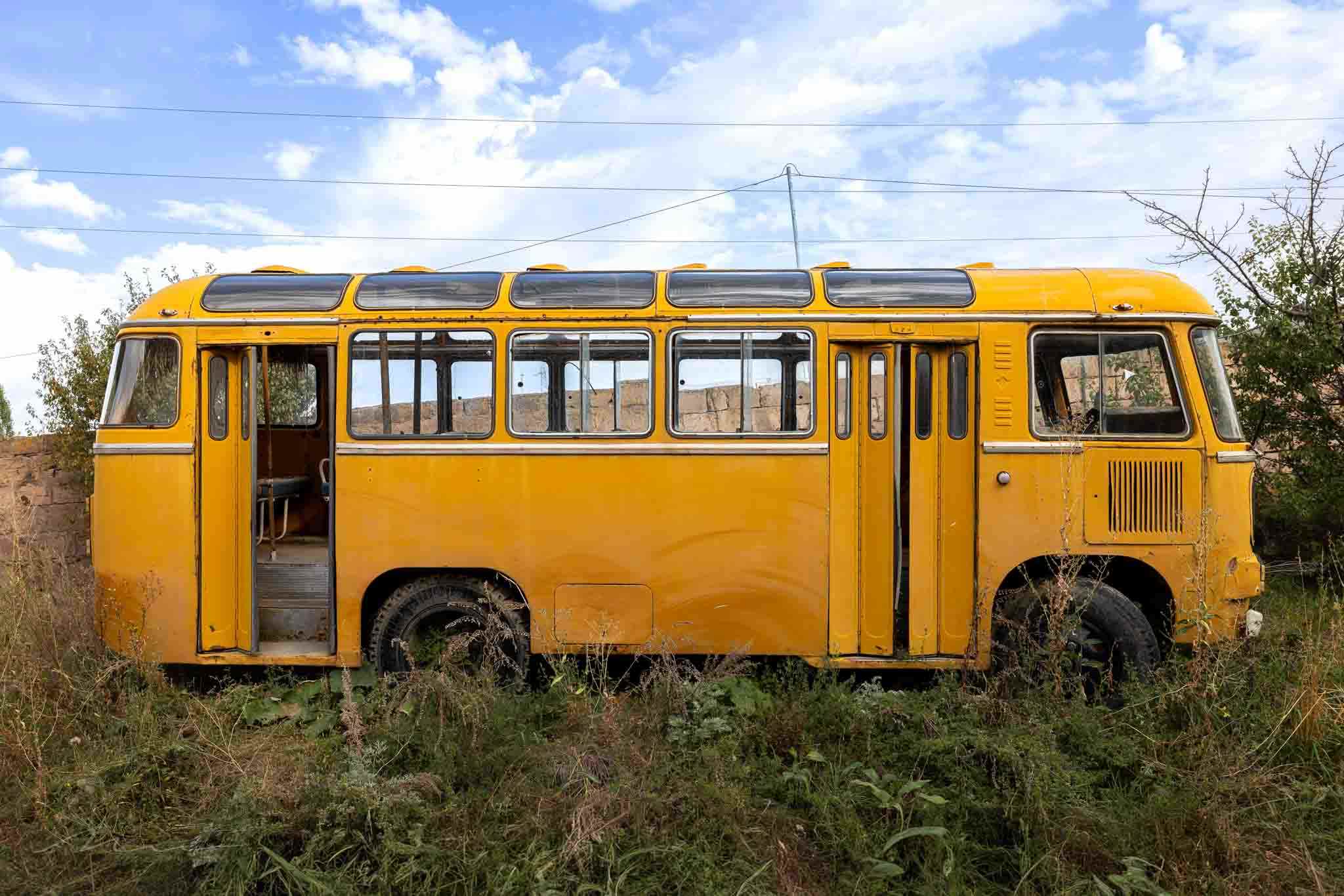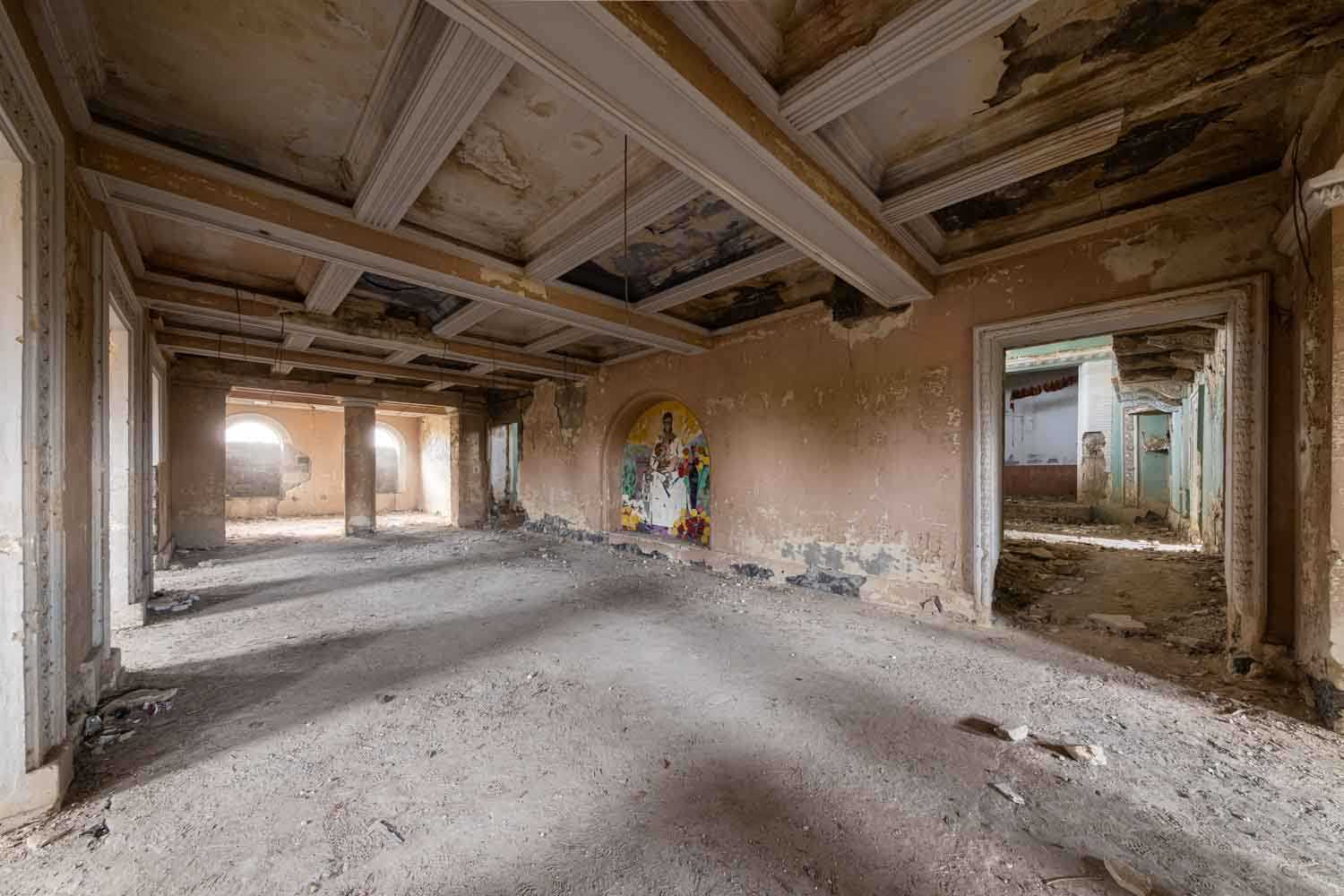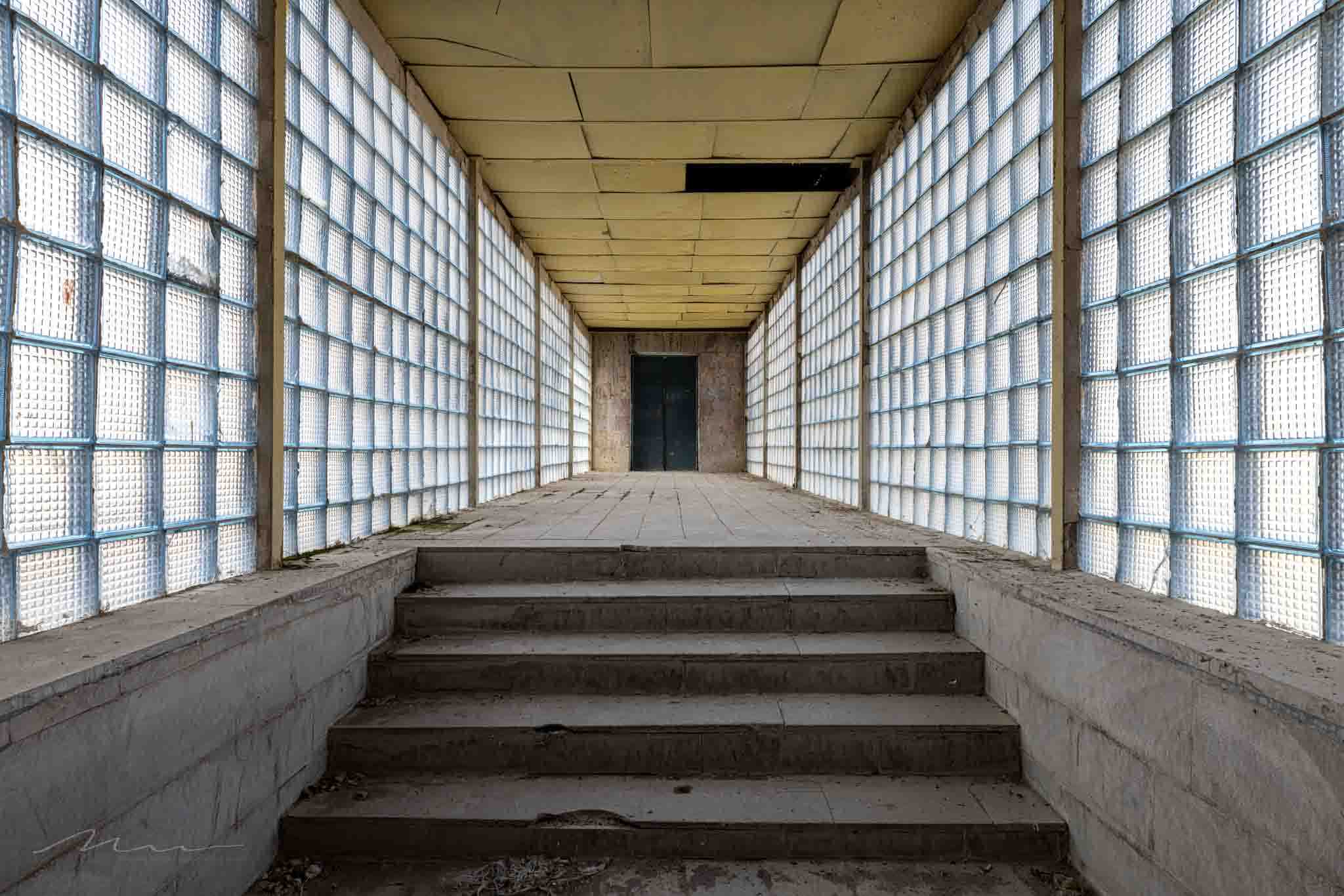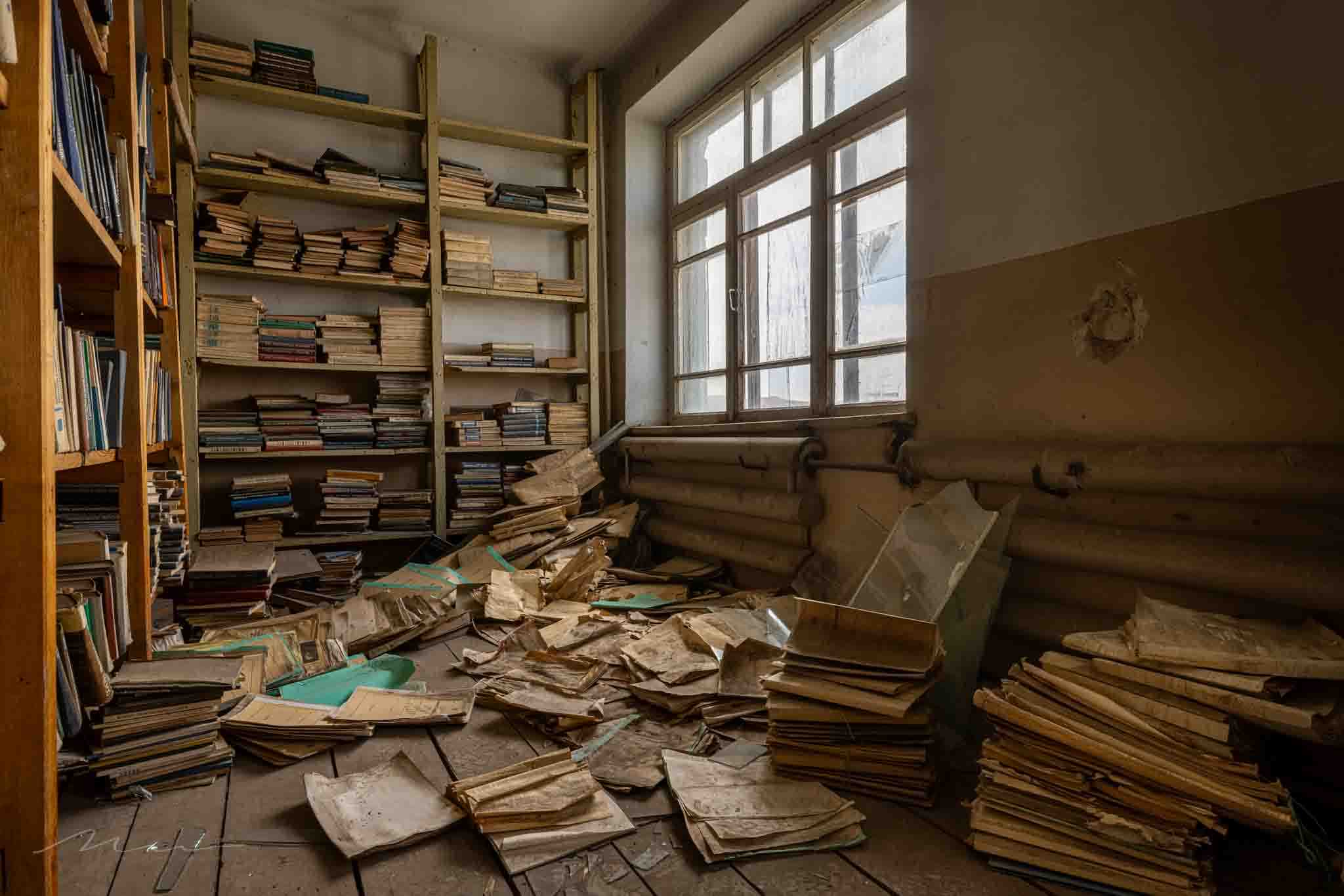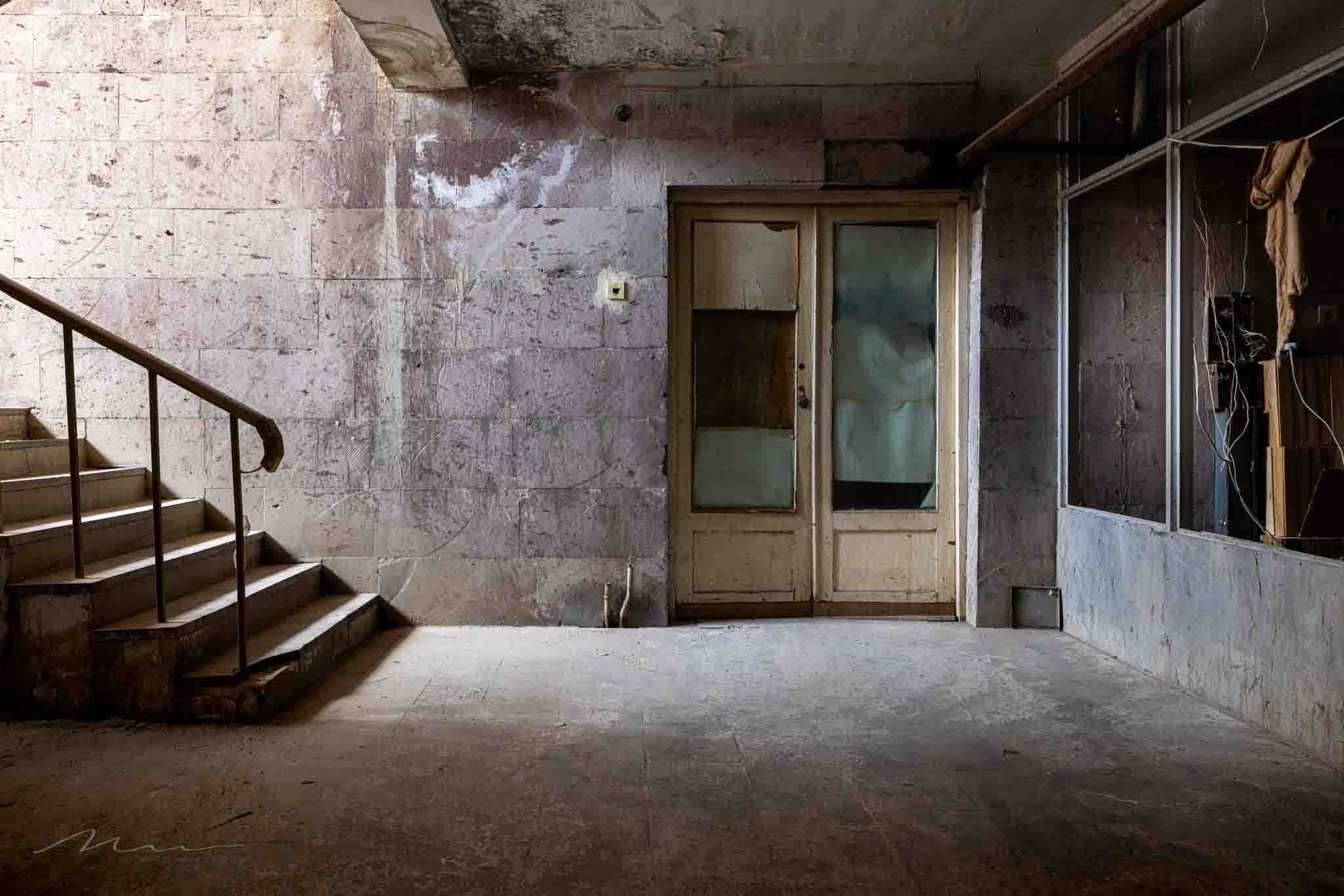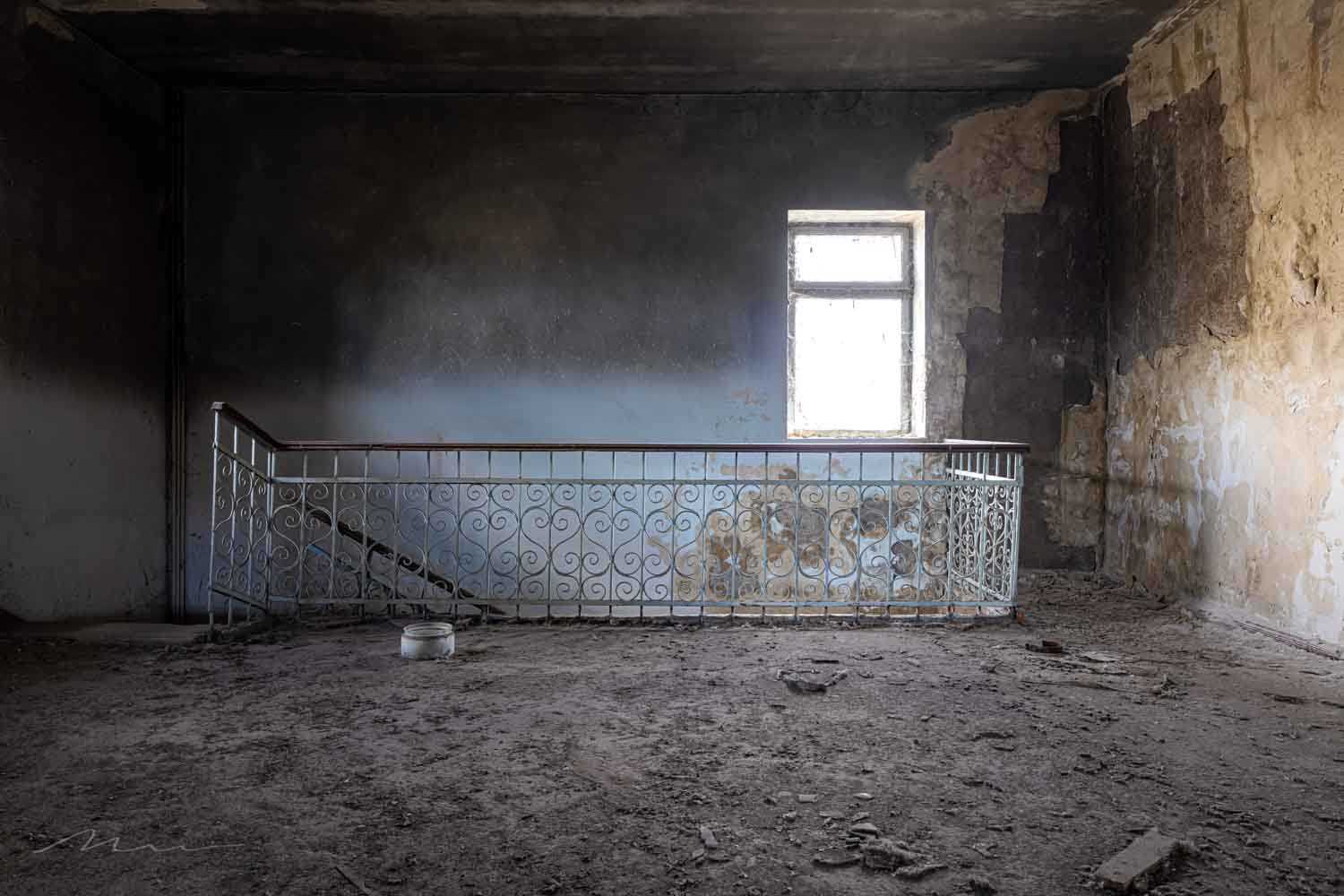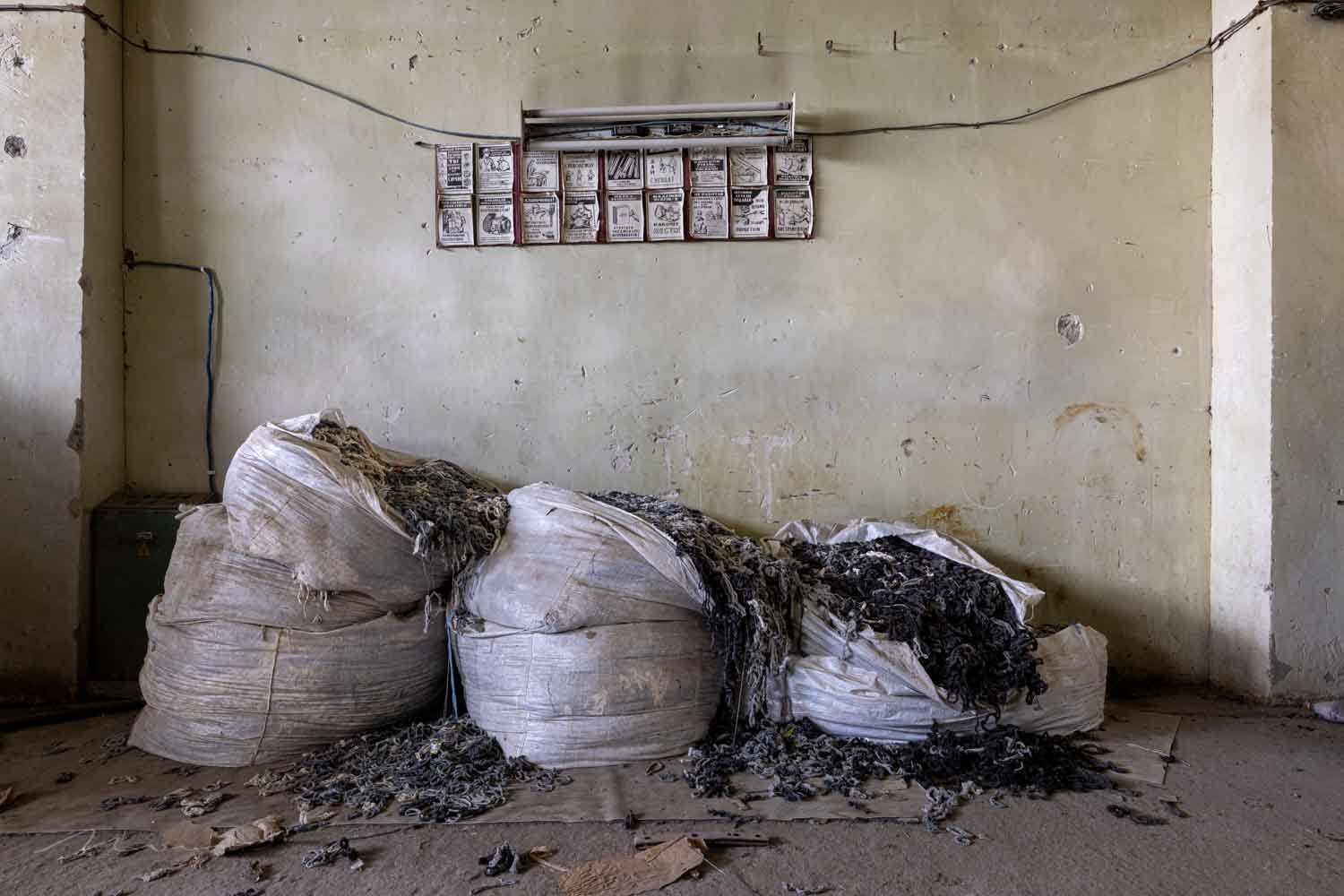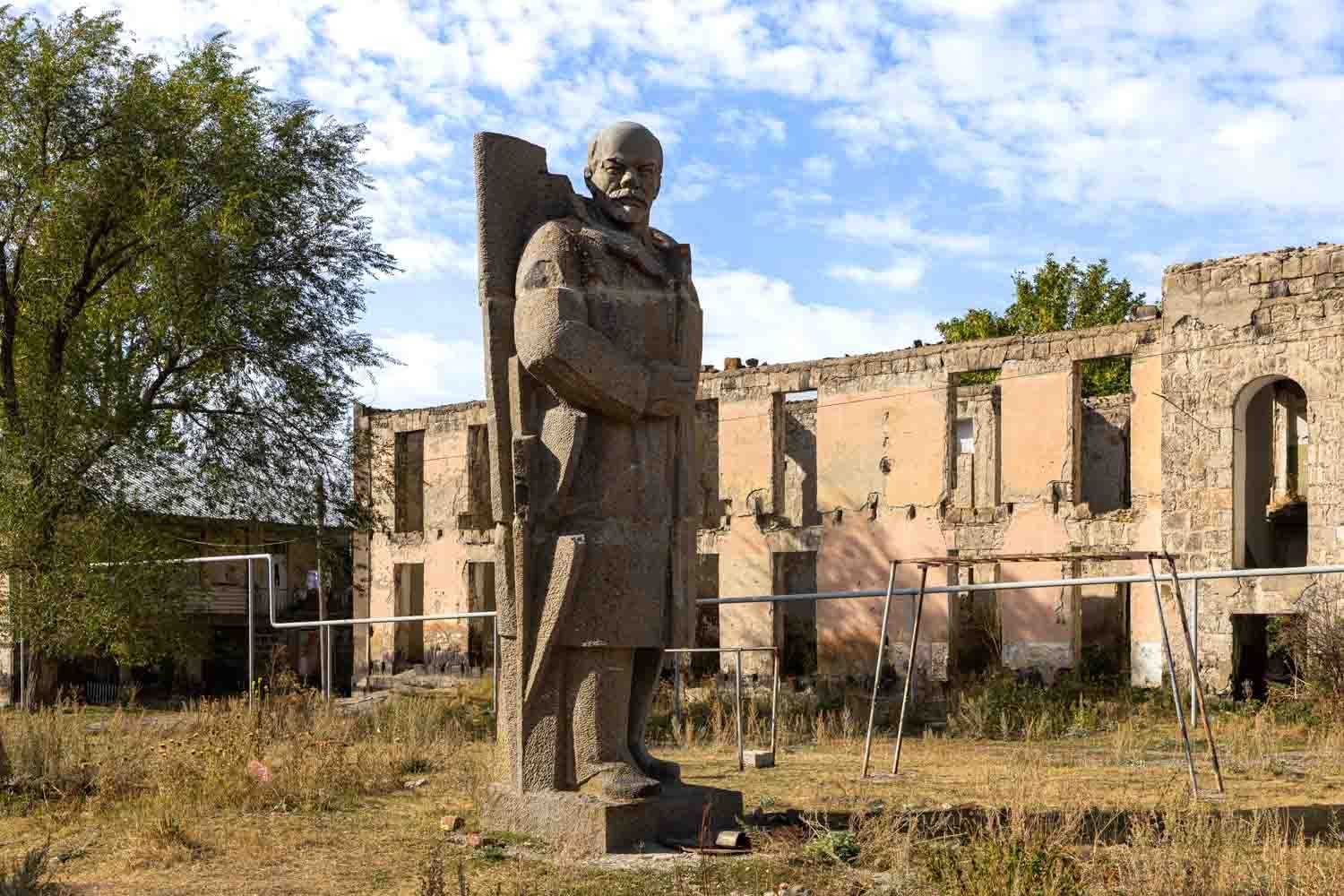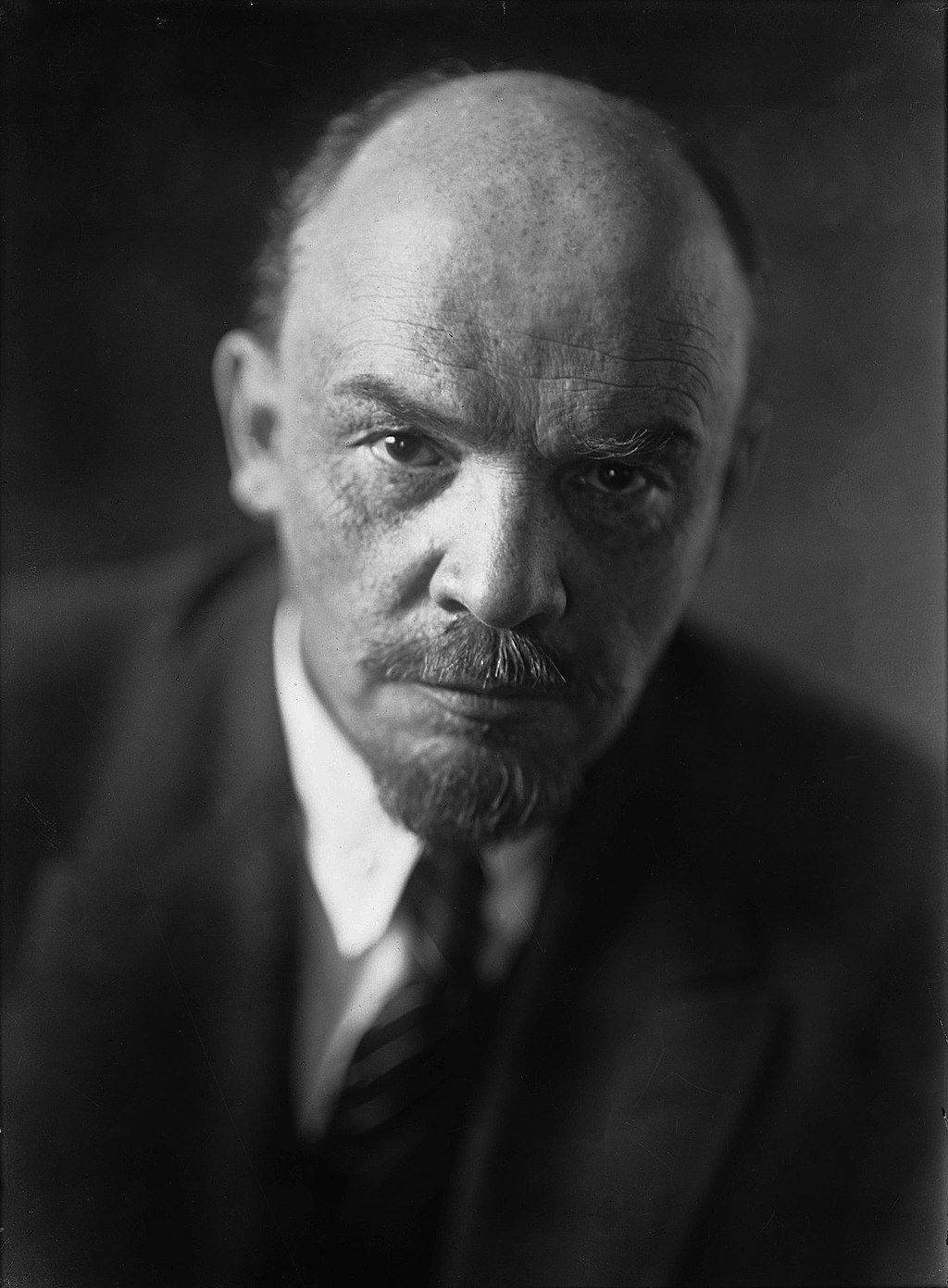Exploring Armenia again
- September 28, 2024 - Journeys
A Journey to the Heart of the Former USSR
Embarking again an unforgettable adventure to Armenia, a hidden gem of the former Soviet Union (CCCP). This beautiful country captivated me from the very first visit (last year) with its stunning landscapes, rich history, and warm-hearted locals. Armenia offers more than just breathtaking views; it boasts a diverse array of healthy, delicious cuisine and a culture steeped in genuine hospitality. The incredible kindness and helpfulness of the Armenian people left a lasting impression, proving that friendliness costs nothing but leaves the deepest impact. Again I experienced Armenia's charm, where every encounter feels like a warm welcome.

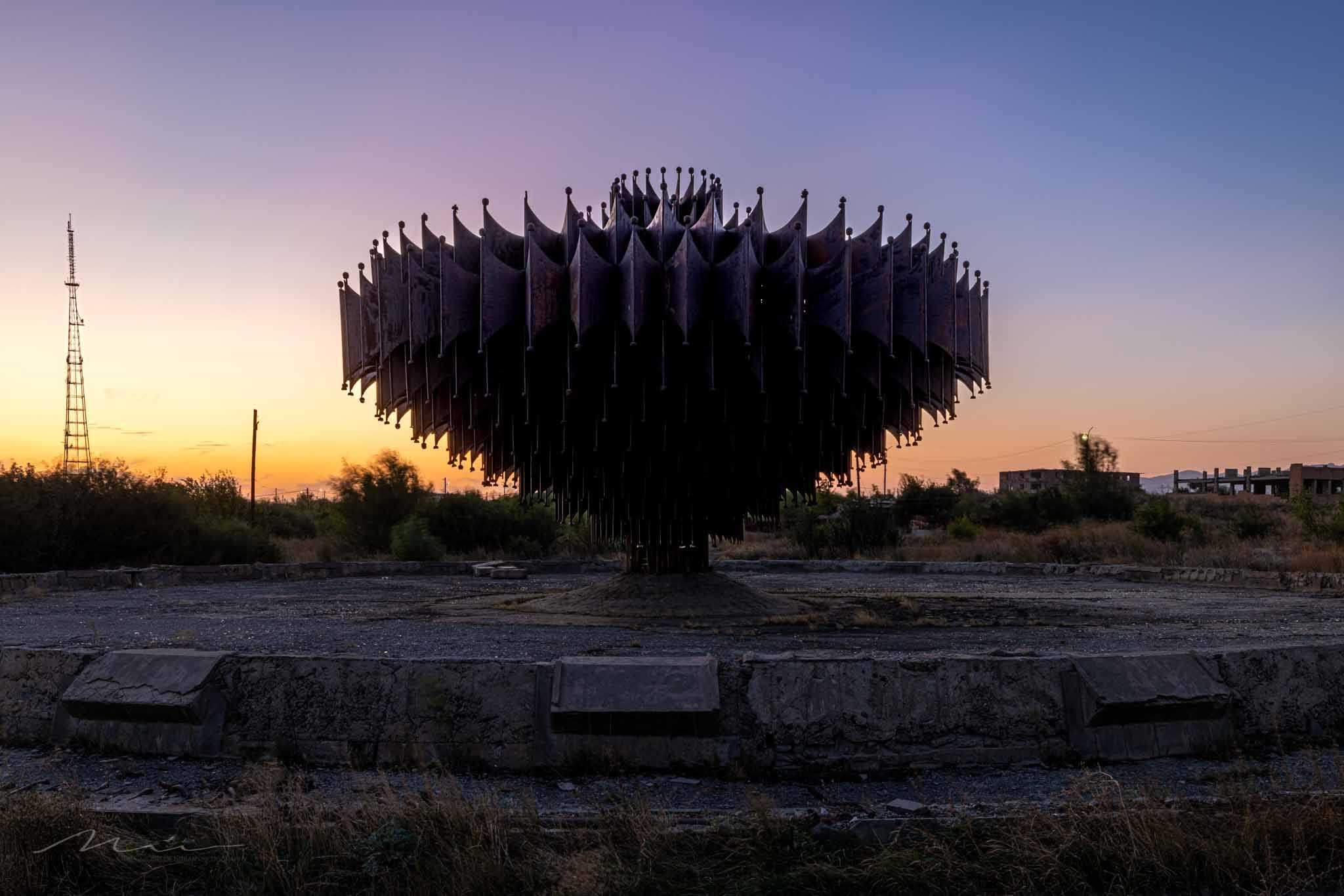
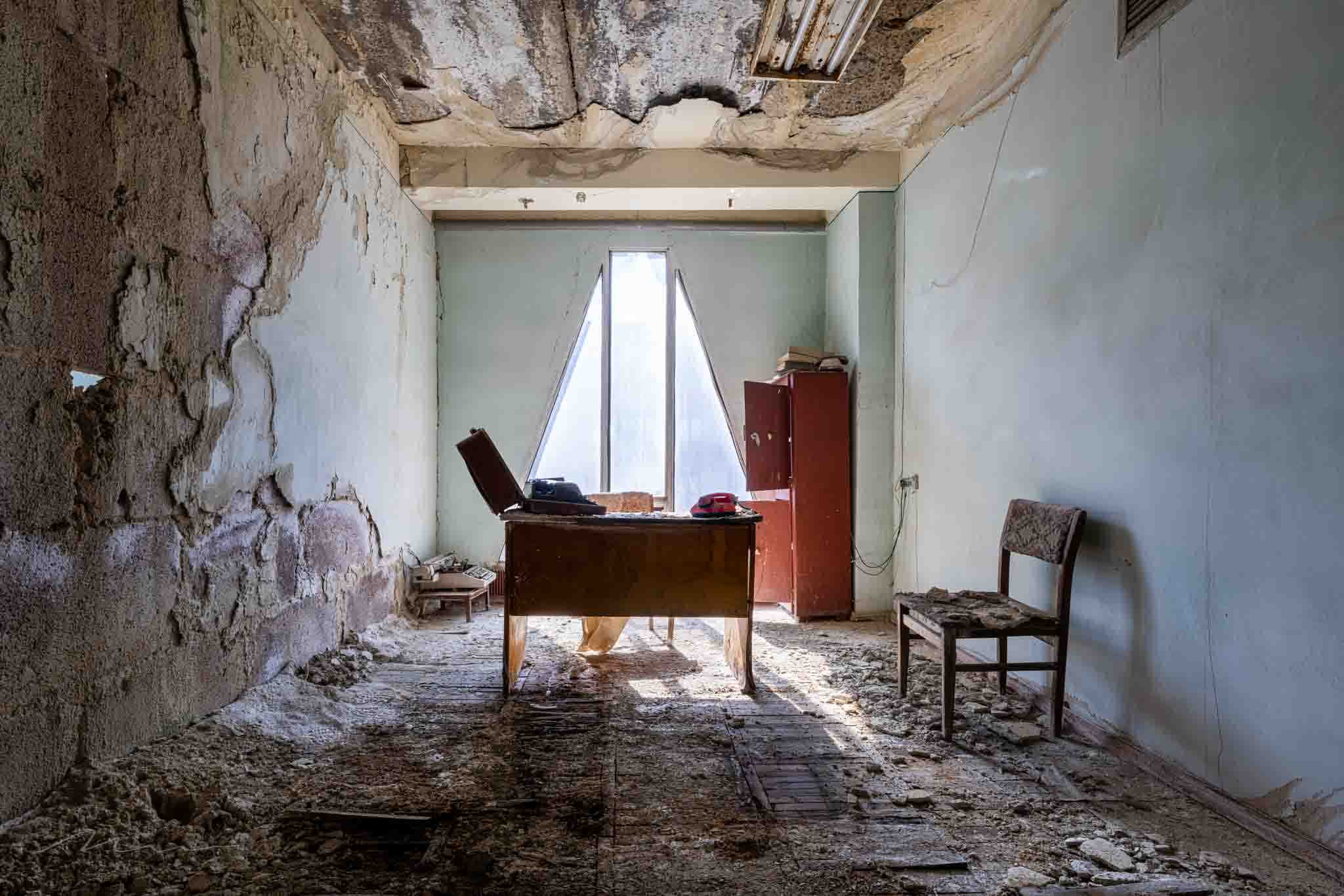
Urbex Adventure in Armenia: A Journey Through Forgotten Soviet History
Planning an urbex trip to Armenia requires careful preparation and attention to detail. Armenia, with its rich Soviet past, offers an abundance of abandoned locations, but exploring them is no easy task. Our team spent months researching and planning to ensure a successful trip.
Many of the sites still have active security, and the local residents are known for being highly observant and protective of their surroundings, a remnant of the country’s communist era. This adds an extra layer of complexity to urban exploration (urbex) in Armenia, making thorough preparation essential for a safe and rewarding experience.
For urbex enthusiasts, Armenia offers a rare glimpse into forgotten Soviet-era structures, but the key to a successful adventure is in the planning.
See my previous adventure in Armenia

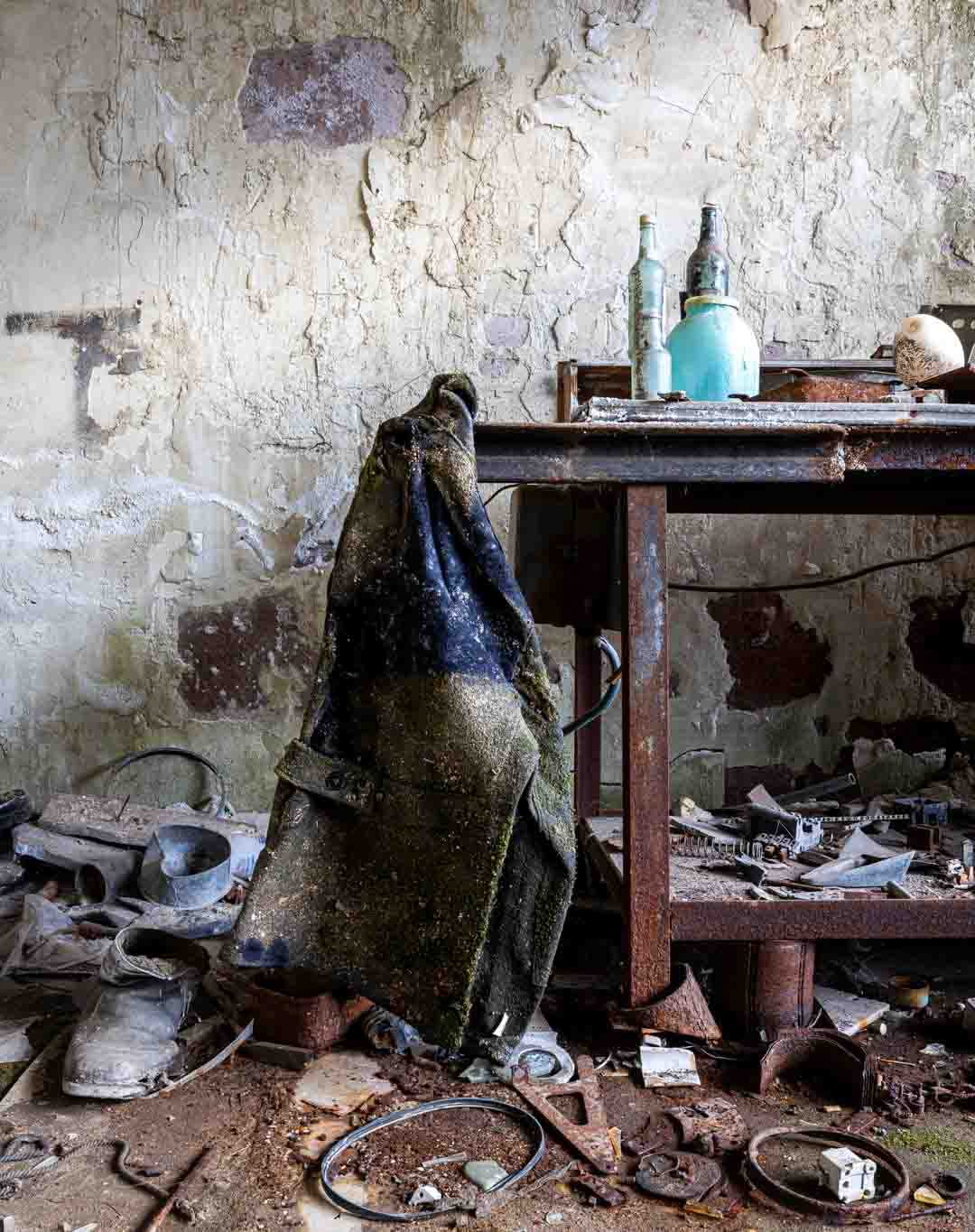
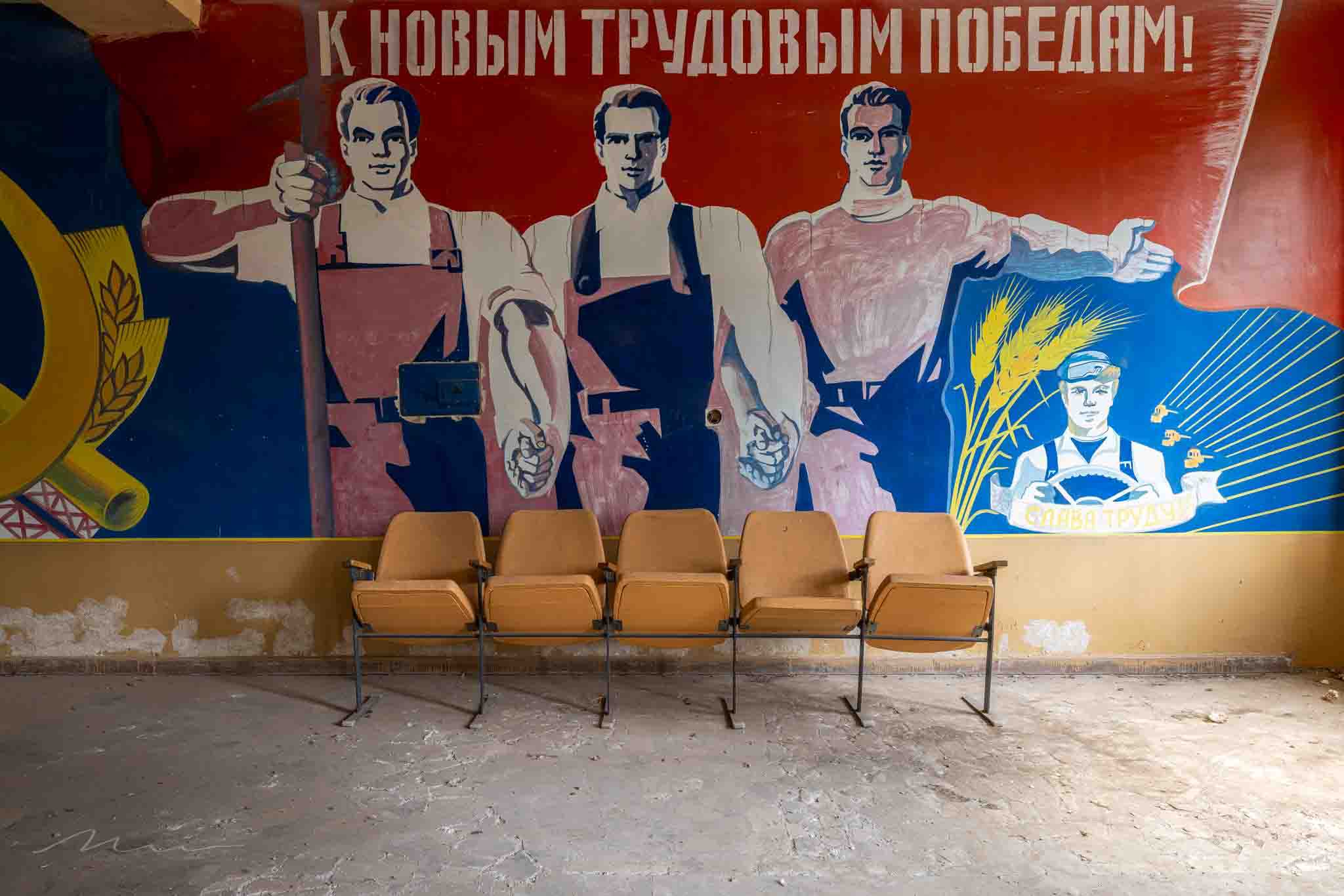

When traveling through the former Soviet Union, it's impossible to miss the presence of the Union's founder, whose image is seen everywhere.
VLADIMIR LENIN (you can't ignore him here)
Vladimir Ilyich Lenin (Russian: Владимир Ильич Лени), April 22 1870 – Gorky (Moscow Oblast), January 21, 1924 - Gorky. a Russian revolutionary and the first Prime Minister of the Soviet Union and namesake of the Marxist movement Leninism.
Vladimir Lenin, the leader of the Bolshevik Revolution and the first head of the Soviet Union, had several connections to Armenia, both politically and historically, primarily tied to the broader context of the Russian Revolution, the formation of the Soviet Union, and the Caucasus region's geopolitics.
Lenin played a pivotal role in the incorporation of Armenia into the Soviet Union. Following the Russian Revolution in 1917, the Russian Empire disintegrated, and Armenia, along with Georgia and Azerbaijan, briefly became independent republics. However, after the Turkish-Armenian War (1920) and under pressure from both the advancing Turkish forces and internal Bolshevik sympathies, Armenia became part of the Soviet Union.
Impact on Armenian Culture and Identity
Lenin’s rule laid the foundation for Armenia’s transformation into a Soviet republic, which had profound implications for its culture, identity, and political structure. The Soviet period saw the industrialization and modernization of Armenia but also led to the suppression of religious and nationalist movements, consistent with Lenin's Marxist ideology.
Lenin’s connection to Armenia is most directly tied to the Sovietization of the country, the Treaty of Kars, and his broader policies towards the nationalities of the former Russian Empire. While Armenia became part of the Soviet Union under Lenin’s leadership, many Armenians saw this as both a period of modernization and a loss of full national sovereignty.
Lenin was a proponent of a federal structure for the Soviet Union, with special attention given to the rights of nationalities. His nationalities policy, embodied in the principle of national self-determination, was designed to address the aspirations of various ethnic groups, including Armenians, within the collapsing Russian Empire.
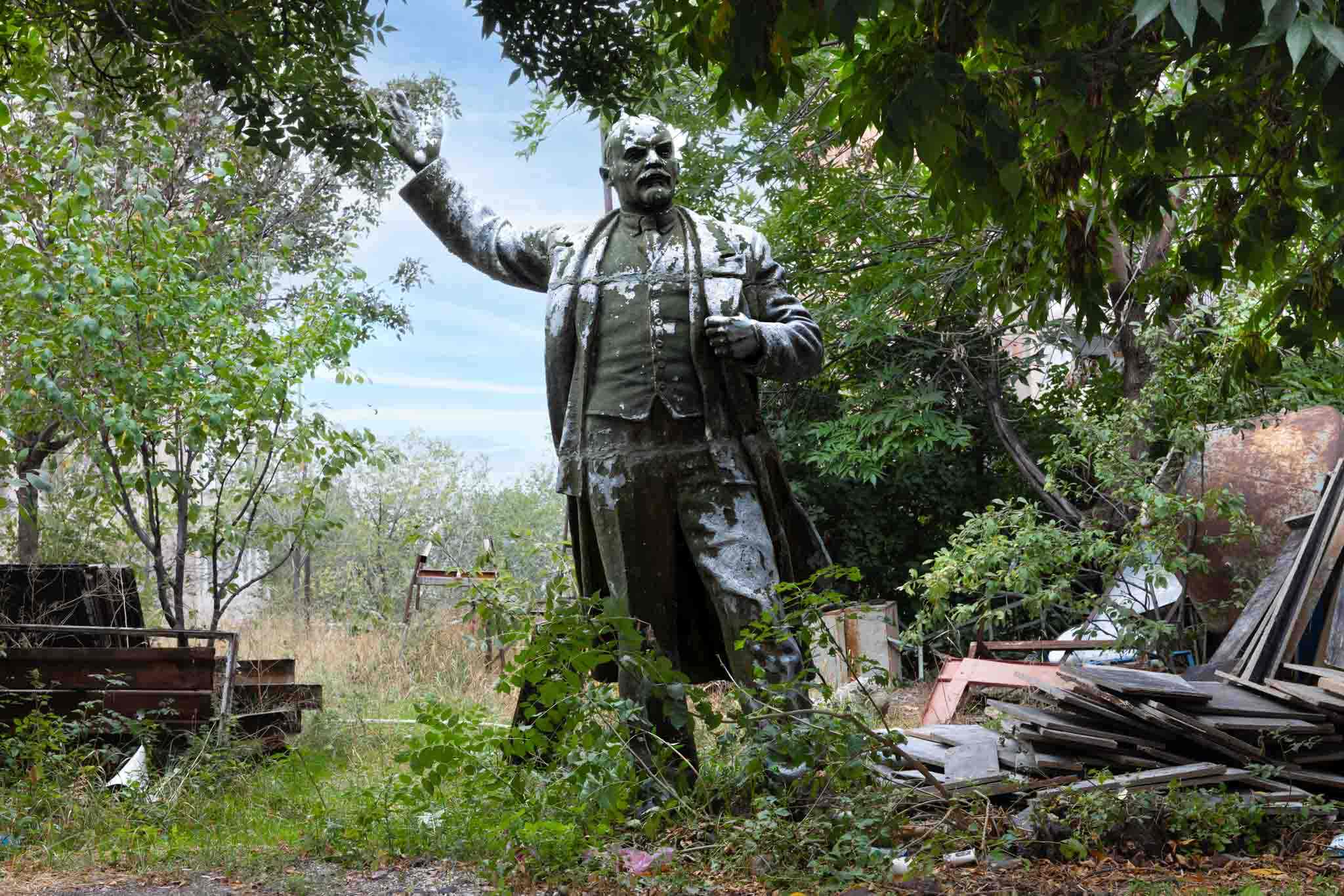
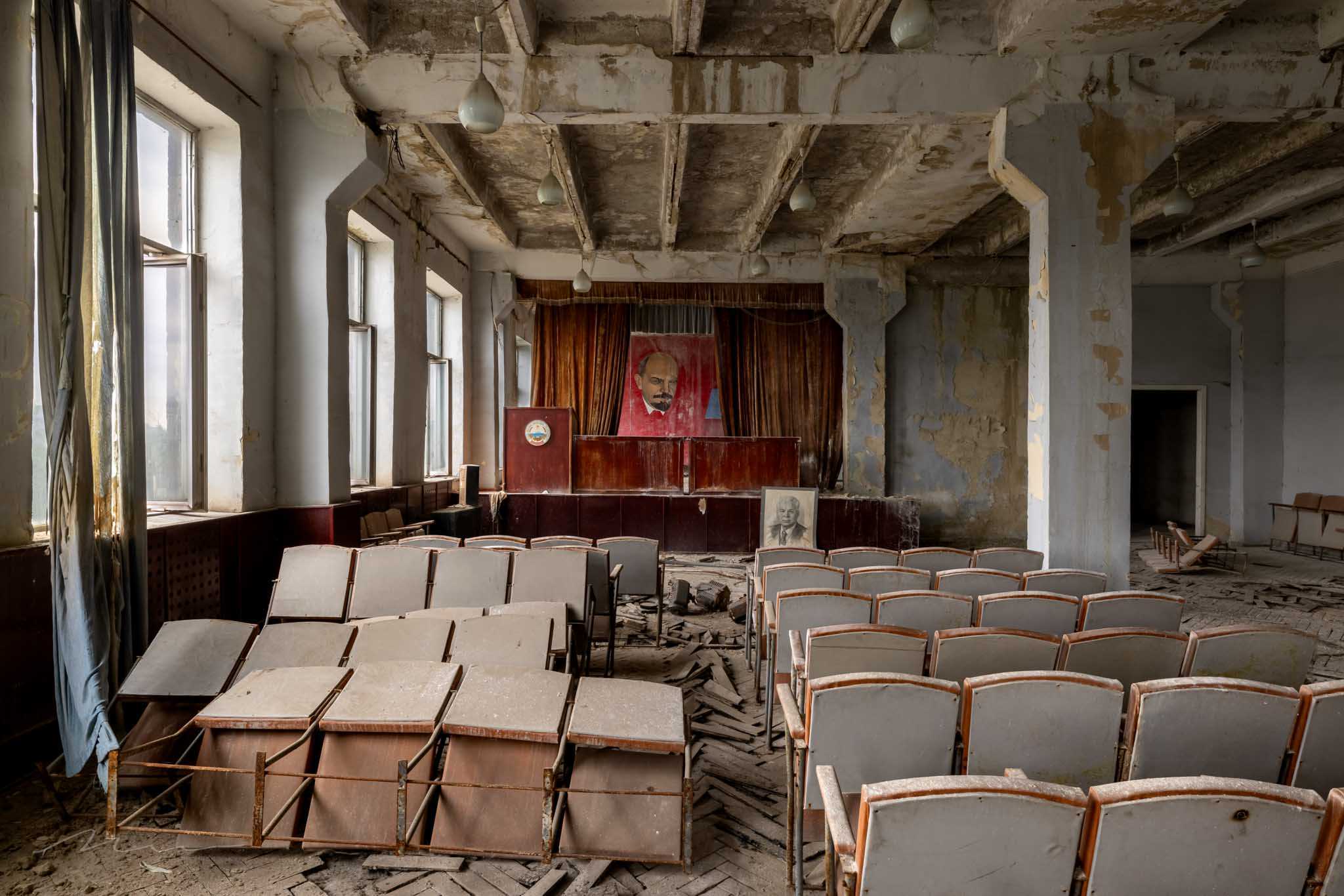
Downfall & collapse of the Soviet Union
After the collapse of the Soviet Union in 1991, Armenia, like many other former Soviet republics, experienced significant economic challenges. A key indicator of this was the widespread abandonment of industrial sites throughout the country. During the Soviet era, Armenia had a heavily industrialized economy, with factories, power plants, and production facilities playing a crucial role.
Under centralized Soviet planning from Moscow, Armenia became a vital hub for several industries, including:
- Chemical production
- Electronics manufacturing
- Mining and metallurgy
- Textile production
These industries were designed to serve the broader Soviet economy, relying on imports of raw materials from other Soviet republics and exporting finished goods. However, with the dissolution of the Soviet Union and Armenia's independence in 1992, this centralized industrial infrastructure quickly collapsed, leaving behind abandoned factories and decaying facilities across the country. Today, these sites stand as remnants of Armenia's Soviet industrial past, attracting urban explorers.
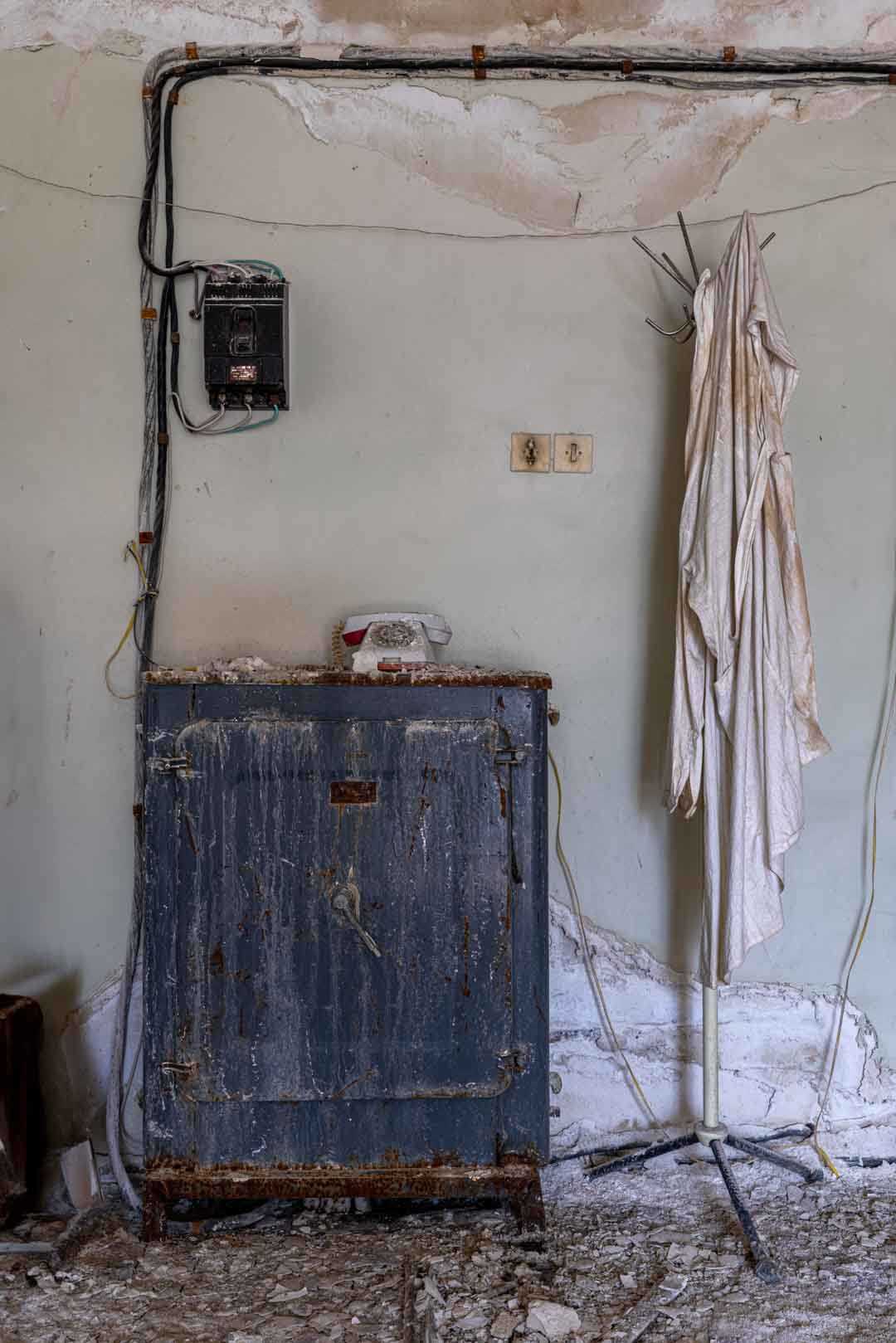
Armenia's Landscape
Armenia's landscape is now scattered with remnants of its Soviet industrial past. Decaying factories, rusting machinery, empty theatres, and crumbling infrastructure serve as haunting reminders of the centralized Soviet planning that once defined the country’s economy. Many of these abandoned sites have gained historical and cultural significance, attracting photographers and artists like myself.

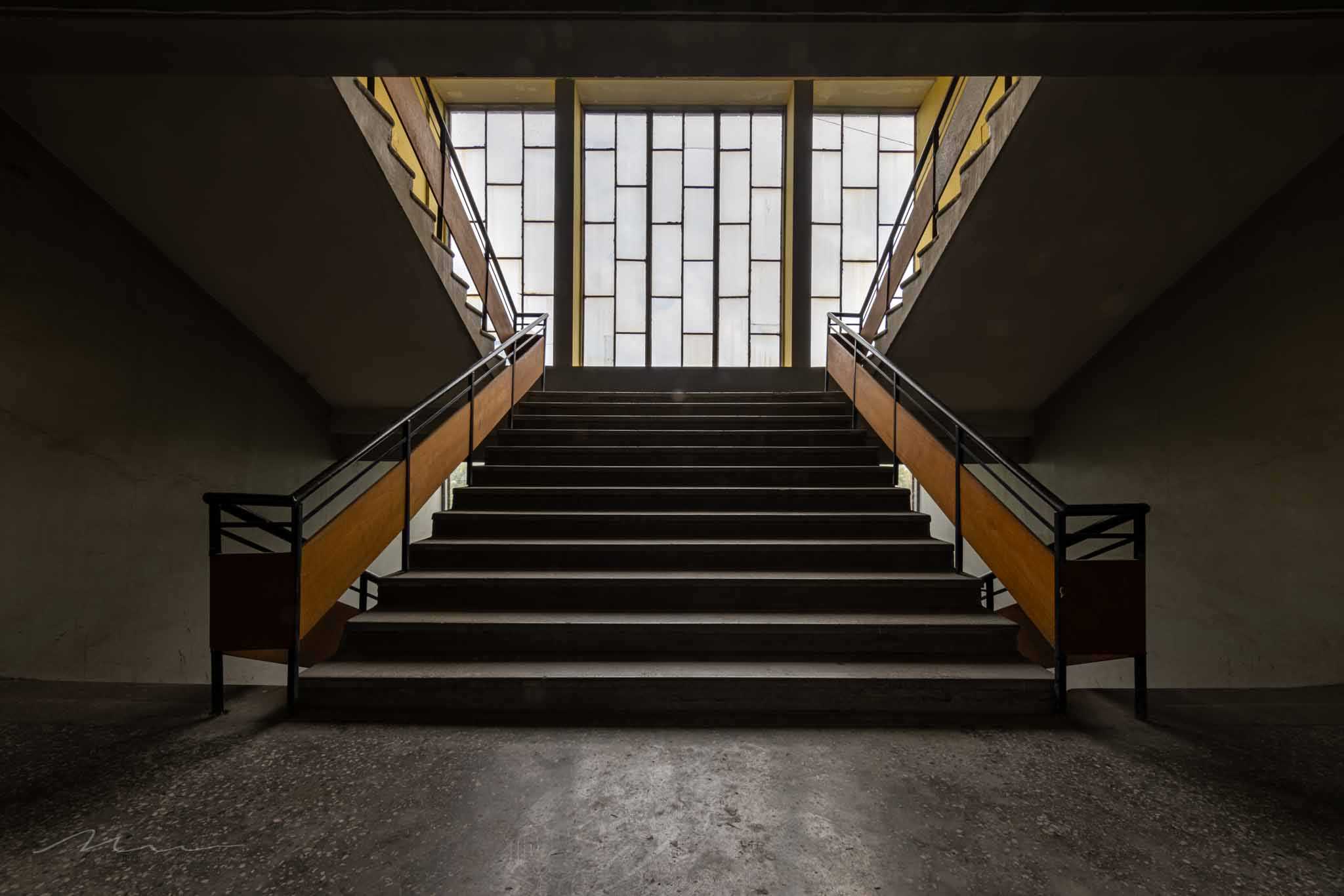
The massive, abandoned factories, crumbling infrastructure, and dilapidated housing blocks reflect not only the decline of industry but also the broader struggles Armenia faced in transitioning from a centrally planned economy to a market economy. The economic revival of these areas remains a challenge, with many of the former industrial hubs still suffering from high unemployment and underdevelopment.
For urban explorations (explorers) as myself, Armenia offers a rich landscape of abandoned Soviet-era industries, providing a window into the past. I have always been fascinated by post-industrial decay.
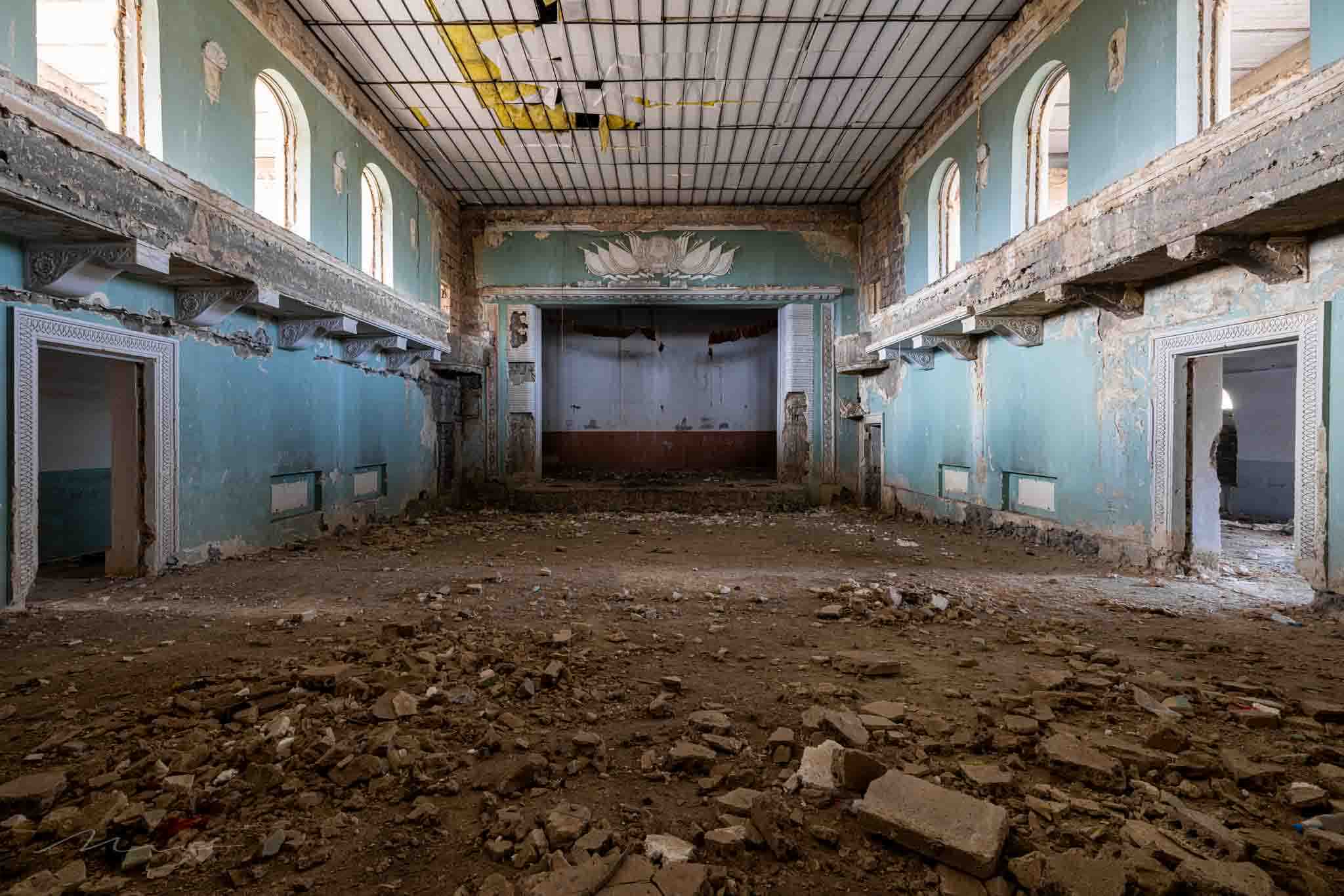
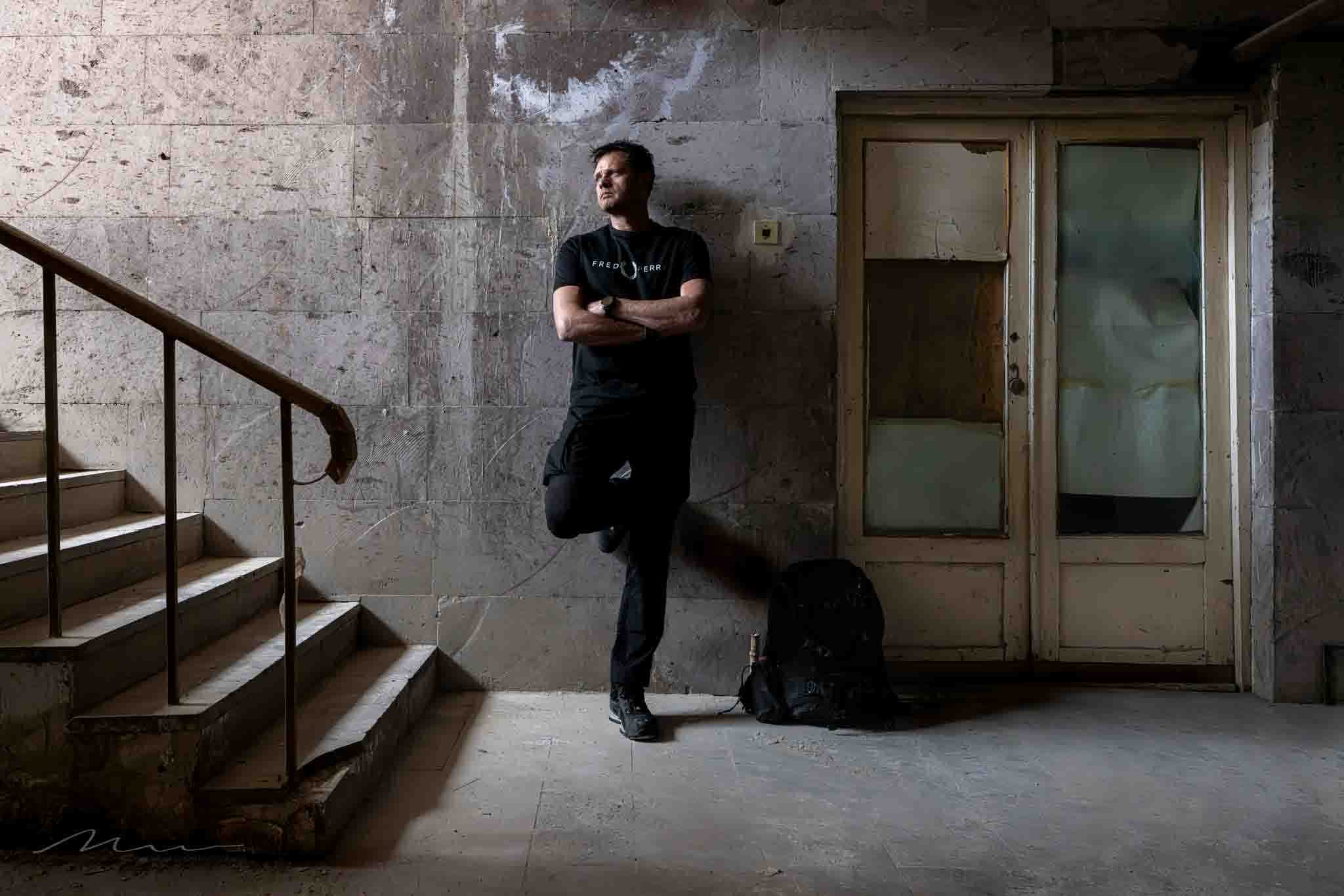


ARMENIAN LUNCH
As stated above; pleasure, together, kindness .... all the ingredients for the Armenian people.
"Friendliness costs nothing but leaves the deepest impact".
In Armenia, the essence of togetherness is deeply ingrained in the culture, with family gatherings and community support playing a vital role in everyday life. A key aspect of this unity revolves around shared meals, often centered around grilling and BBQing. Armenia is renowned as a BBQ country, and from personal experience, the food is not only incredibly delicious but also healthy, with a focus on fresh vegetables. Armenian cuisine is rich in flavors, featuring an array of grilled vegetables, herbs, and local produce that enhance the taste and nutritional value of every meal. Experience the unique blend of tradition and flavor in Armenia’s food culture.
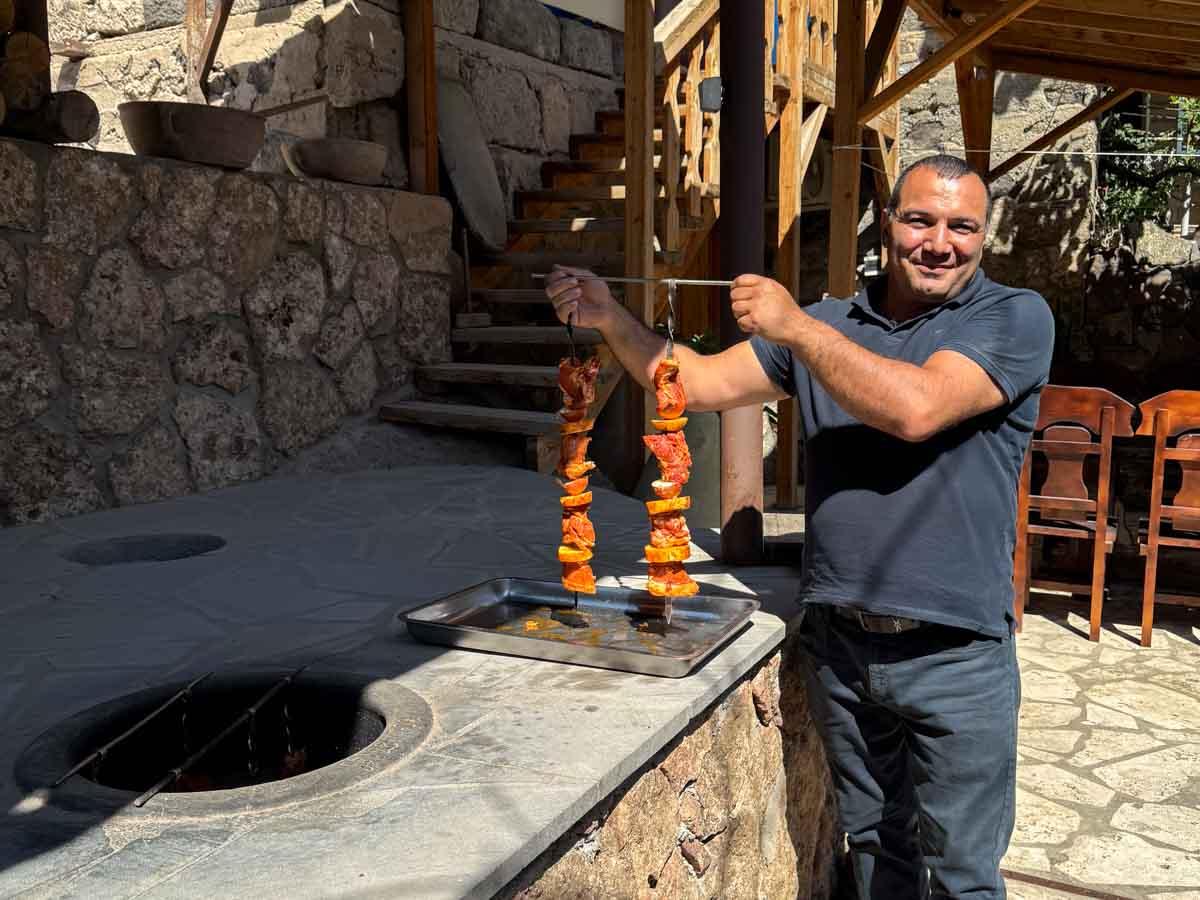
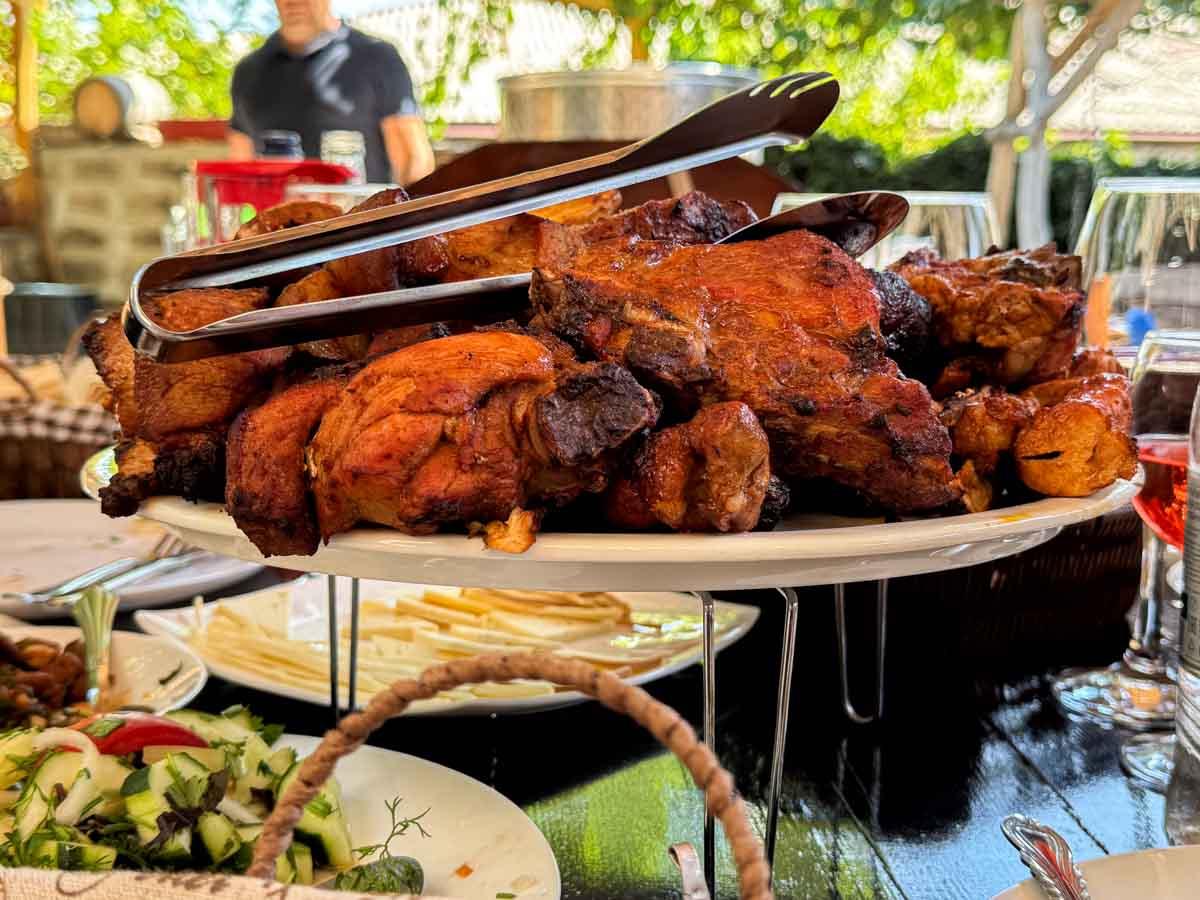
Urban art
Looking to own a one-of-a-kind piece of urban exploring art? Explore my webshop and discover for example this unique work, Reflections on the Past, capturing the mysterious beauty of forgotten places. Each artwork in this category tells a story of the past, offering a glimpse into hidden worlds. These exclusive works are presented as fine art, meticulously printed on Fine Art paper, and elegantly framed in a sleek black wooden frame with museum-quality glass. Elevate your space with a unique piece of urbex art that blends history, mystery, and timeless design.
Photo Gallery Armenie urbex
